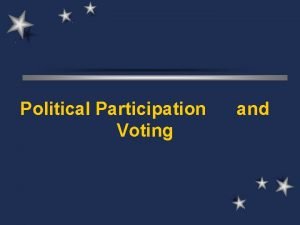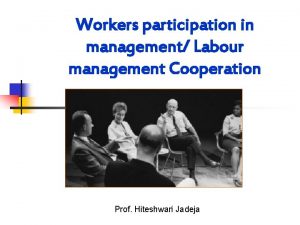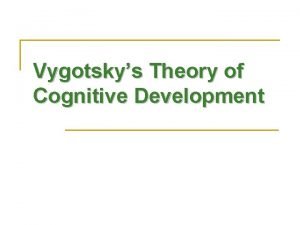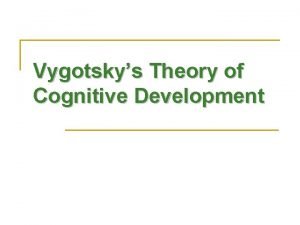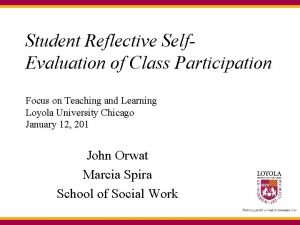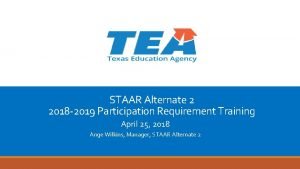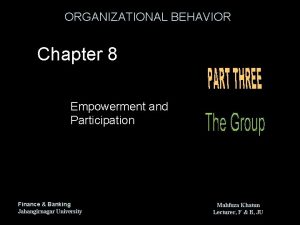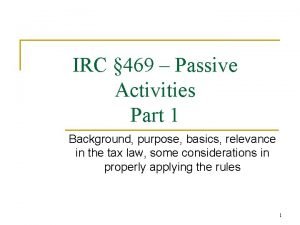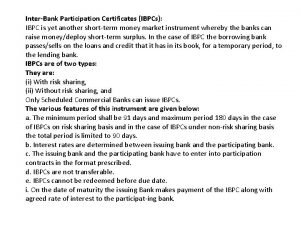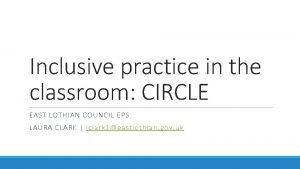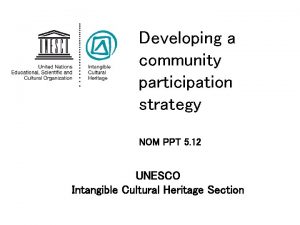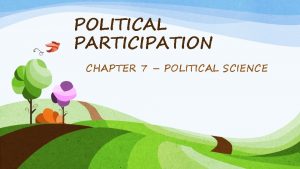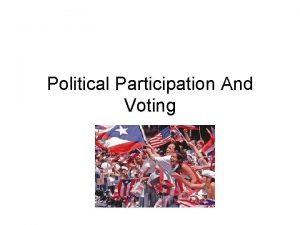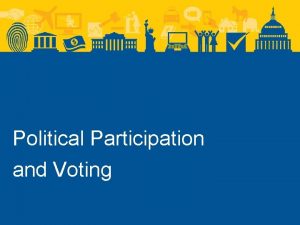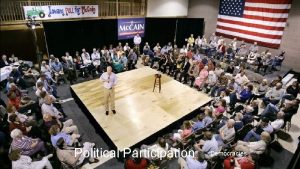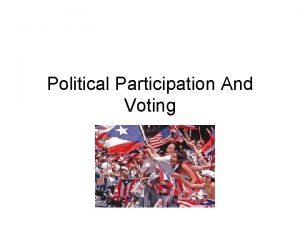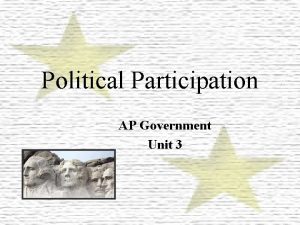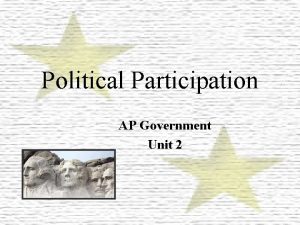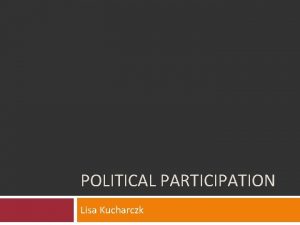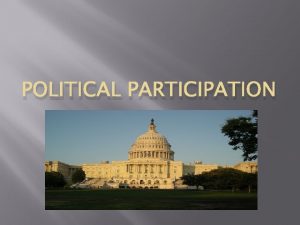Political Participation Chapter 8 CHAPTER 8 POLITICAL PARTICIPATION













- Slides: 13

Political Participation Chapter 8 CHAPTER 8: POLITICAL PARTICIPATION

In this chapter you will: • Explore the longstanding paradox of America exhibiting strong and weak political participation • Learn the three types of participation: traditional politics, direct action, and civic engagement • Examine why people participate • Identify the benefits and drawbacks of an emerging “clickocracy” as political engagement moves online • Consider whethere can be too much popular participation in a democracy CHAPTER 8: POLITICAL PARTICIPATION

How We Participate • Traditional participation involves engaging politics through formal government channels. Voting is the most familiar form of traditional political participation. • Americans participate in politics year round. One in five contacts a public official in the course of a year. CHAPTER 8: POLITICAL PARTICIPATION

How We Participate • Civic voluntarism is a form of engagement with public life that operates outside of government —but enhances democracy. • Direct action seeks immediate and sweeping change. It has a long legacy in the United States that goes back to the founding and includes some of the nation’s great reform movements. CHAPTER 8: POLITICAL PARTICIPATION

Why People Get Involved • Participation in politics and government is influenced by personal factors: background characteristics such as income and education; family, friends and social capital; political mobilization; and receiving government benefits from programs that treat beneficiaries with respect (like Social Security). CHAPTER 8: POLITICAL PARTICIPATION

Why People Get Involved • Americans participate in political life at very different rates. A few engage passionately, a larger number are moderately engaged, and the majority of us are only sporadically involved. This contributes to the appearance of high and low participation in the United States. • Political mobilization also is influenced by the larger social and historical context. CHAPTER 8: POLITICAL PARTICIPATION

What Discourages Political Participation • Participation in civic life tends to vary by age, income level, and education. • Several other factors have fueled a decline in Americans’ political participation in recent years. These include alienation, barriers to participation, complacency, and shifting mobilization patterns. • The tendency to disengage is most pronounced among millennials, which includes most college students today. CHAPTER 8: POLITICAL PARTICIPATION

New Avenues for Participation: The Internet, Social Media and the Millennial Generation • The Internet, and especially social media, has launched a revolution that is changing the way Americans participate politically. • An emerging age of activism and connection may refresh American democracy—or troubling developments may diminish it. CHAPTER 8: POLITICAL PARTICIPATION

New Avenues for Participation: The Internet, Social Media and the Millennial Generation • New methods of participation are emerging online. • Millennials participate in these new methods, but are less likely to vote, belong to a party, or get involved in traditional politics. CHAPTER 8: POLITICAL PARTICIPATION

Chapter Summary • Participation in civic and political life is a longstanding American tradition—helping, in the view of nineteenth-century visitors like Tocqueville, to distinguish the United States as a rising nation. Today, although Americans still exhibit higher levels of voluntarism than citizens of other countries, our rates of participation in politics and government have fallen to disturbing levels. CHAPTER 8: POLITICAL PARTICIPATION

Chapter Summary • People participate in public life in three broad ways: • First, by participating through traditional political mechanisms: Voting, going to rallies, contributing to campaigns, contacting public officials. • A second mode of participation involves contributing to civil society through volunteering and getting involved in the community. • Third, Americans have been quick to get involved in direct action when traditional mechanisms seem unresponsive. This is the politics of demonstrations, protest movements, and even armed confrontations CHAPTER 8: POLITICAL PARTICIPATION

Chapter Summary • Whether someone engages in civic life depends on both personal factors—those with politically active family members and close friends, or with higher education levels, are more inclined to participate—and political context. During periodic outbursts of direct participation, many people who might ordinarily stay on the sidelines are drawn to participate. • Another key to this push–pull of participation: Americans simultaneously get involved in civic affairs, especially in their local communities, and express high dissatisfaction with U. S. government institutions. That dissatisfaction helps to drive down participation in direct political activity like voting. CHAPTER 8: POLITICAL PARTICIPATION

Chapter Summary • Millennials exemplify this tension: They engage in voluntary public service activities at record rates but tend to mistrust politics and government. They also increasingly connect with others through social media, a force that is transforming political participation in fastevolving (and, for the most part, poorly understood) ways. • Mass engagement in politics and other civic activities is the lifeblood of American democracy, helping to explain why analysts are so anxious to expand participation. CHAPTER 8: POLITICAL PARTICIPATION
 Cardinality ratio constraint
Cardinality ratio constraint Lester milbrath classification of political participation
Lester milbrath classification of political participation Gladiatorial political participation
Gladiatorial political participation Chapter 7 citizen participation in a democracy answers
Chapter 7 citizen participation in a democracy answers Workers participation in management
Workers participation in management Guided participation vygotsky examples
Guided participation vygotsky examples Guided participation examples
Guided participation examples Class participation self-evaluation essay
Class participation self-evaluation essay Staar alt 2 justification examples
Staar alt 2 justification examples Empowerment and participation in organizational behavior
Empowerment and participation in organizational behavior Section 469 material participation
Section 469 material participation What is ibpc
What is ibpc Circle inclusive classroom scale
Circle inclusive classroom scale Community participation ppt
Community participation ppt


